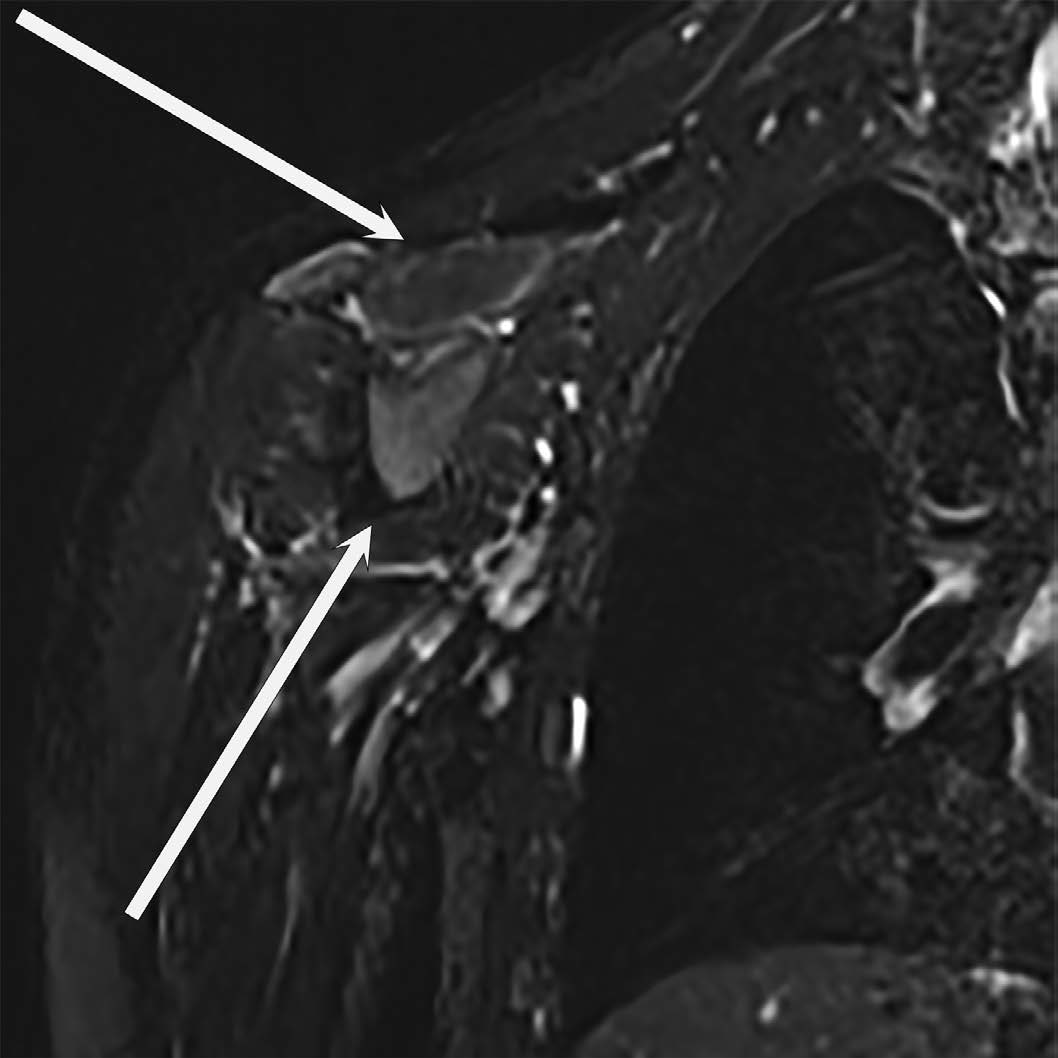Parsonage-Turner Syndrome in the Pediatric Population: A Case Report
DOI:
https://doi.org/10.3941/jrcr.5905Abstract
Parsonage-Turner syndrome, a condition rarely seen in the pediatric population, is the focus of our case report. We present the unique case of a 4-year-old boy who developed a painful right brachial plexopathy following a febrile illness. The pain was exacerbated by touch or pressure and subsided when the shoulder was left undisturbed. On examination, he exhibited significant weakness in the right shoulder, with less pronounced weakness in the right hand. Brain and cervical spine magnetic resonance imaging (MRI) were unremarkable, but a MRI of the right brachial plexus revealed nerve root thickening and signal changes in the adjacent muscles, consistent with brachial neuritis. The patient began oral steroids and was referred to outpatient neurology for follow-up. Over several weeks his pain improved, though weakness persisted.

Downloads
Published
Issue
Section
License
Copyright (c) 2025 Journal of Radiology Case Reports

This work is licensed under a Creative Commons Attribution-NonCommercial-NoDerivatives 4.0 International License.
The publisher holds the copyright to the published articles and contents. However, the articles in this journal are open-access articles distributed under the terms of the Creative Commons Attribution-NonCommercial-NoDerivs 4.0 License, which permits reproduction and distribution, provided the original work is properly cited. The publisher and author have the right to use the text, images and other multimedia contents from the submitted work for further usage in affiliated programs. Commercial use and derivative works are not permitted, unless explicitly allowed by the publisher.





